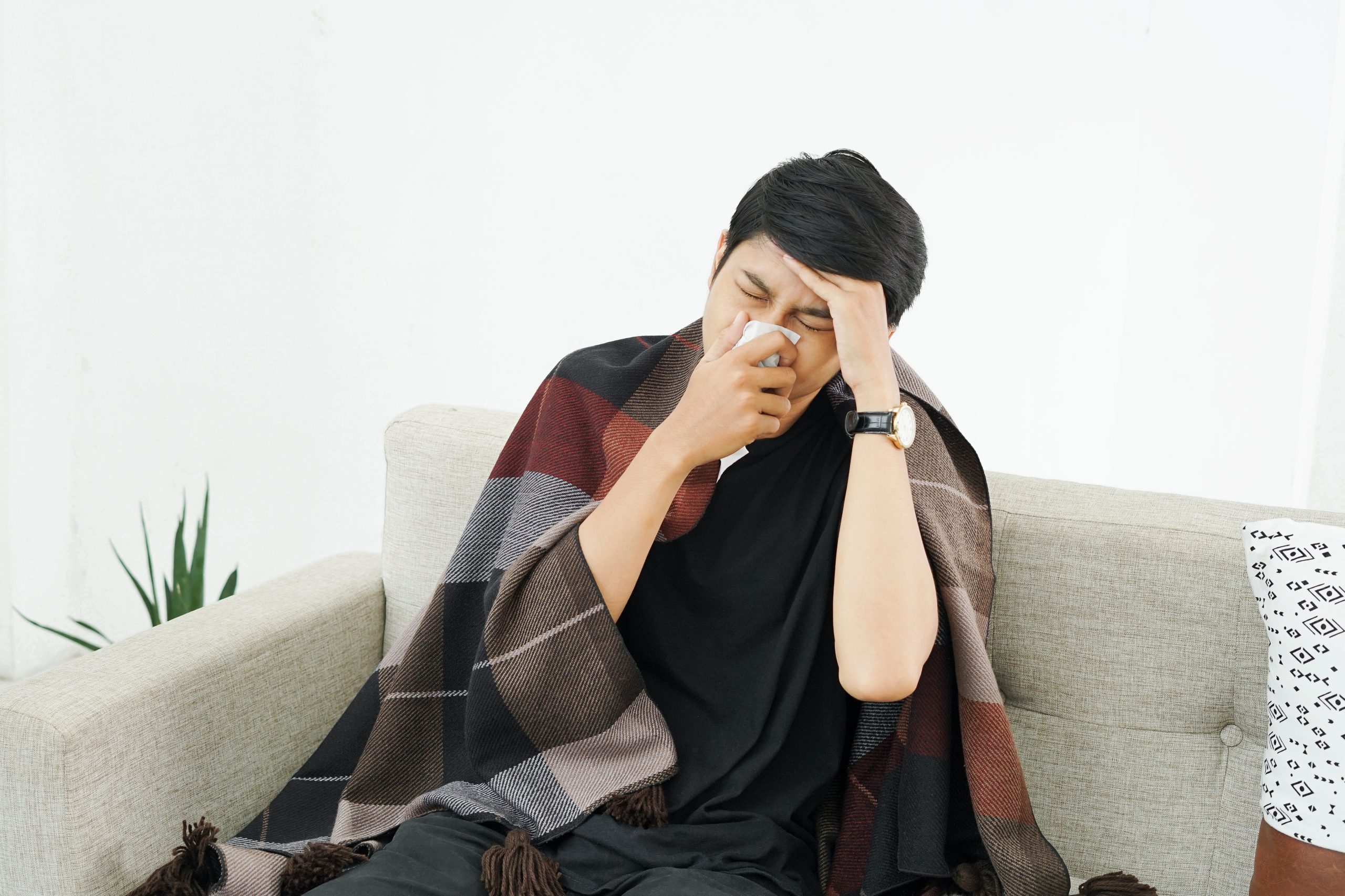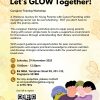Did you know that nasopharyngeal cancer is the 2nd most diagnosed cancer in Singapore males aged 40-49? While it is a relatively rare cancer worldwide, it is 3 to 4 times more common in South East Asia compared to the world average.
It is sometimes referred to as `Nose Cancer` in the media – is it really a cancer of the nose?
It actually does not arise from the nose, the body part that protrudes from the face. NPC occurs when cells of the lining of the passageway behind the nose multiply abnormally to form a tumour. The most common cell type is called undifferentiated carcinoma, which is strongly associated with Epstein Barr Virus (EBV) infection. EBV infection is endemic, meaning common, in our part of the world. It has been called a `Cantonese` disease because southern Chinese have a genetic makeup that makes them more prone to get NPC.
What are the symptoms of nasopharyngeal cancer?
Early cancers that are small often may not cause any symptoms for some time. As it grows, it may cause ear blockage or blood-stained sputum. Because these symptoms may come and go, they may be thought to be related to upper respiratory infection. Therefore, nasopharyngeal carcinoma often is diagnosed at later stages, with the following symptoms:
- Nasal blockage
- Nosebleed / Bloody sputum
- Ear blockage (often one sided)
- Headache
- Double vision
- Facial Numbness
- Lump(s) in the neck
These symptoms, especially if persistent or recurrent, should prompt one to seek medical attention.
Since early NPC often has no symptoms, is there any screening test to diagnose it early?
EBV tumour marker blood tests are a potential screening test. However, using these tests in a national mass screening programme have not shown better outcomes for the general population. That said, NPC cases are known to cluster in families, and therefore first-degree relatives (children, siblings) of NPC sufferers are at increased risk of getting NPC. Thus, these relatives should consider having periodic screening in the form of these blood tests, combined with a camera scope of the nasopharynx called a nasopharyngoscopy done by a qualified specialist.
I have heard that NPC is one of that cancers that is not cured with surgery. What then is the treatment for NPC?
The type of NPC endemic to this region is known to be highly responsive to radiation therapy and chemotherapy.
Radiation therapy is the main curative treatment for NPC. It is the use of high energy x-rays, directed at the nasopharynx and neck, that can destroy the cancer cells. For early stages, radiotherapy alone is sufficient to cure NPC. For later stages, the addition of chemotherapy is required to maximize the cure rates. Chemotherapy is the use of anti-cancer drugs to destroy cancer cells. It is usually used concurrently with the radiation therapy to enhance its effect. In recent years, for more advanced cancers, more intensive chemotherapy is given first to shrink the cancer, followed by a combination of chemotherapy and radiotherapy to completely eliminate the cancer. This has helped to improve cure rates.
For incurable cases that have spread beyond the head and neck, chemotherapy is the main treatment to shrink the cancer and prolong life. There are also newer drug therapies that can be used alongside chemotherapy:
- Targeted therapy – Nasopharyngeal cancer may express the EGFR protein which can be targeted by the anti-EGFR drug Cetuximab.
- Immunotherapy – These drugs stimulate the body’s immune system to better recognize and attack NPC cells in the body
What is the outlook for patients with NPC?
Patients with early stages enjoy a high rate of cure in the region of 80-90%. Even advanced but curable stages may be cured 50-70% of the time with appropriately intensified treatment. As this is a disease that strikes most commonly in the prime of life at middle age, it is important that further research is continued to detect these cancers earlier and further improve cure rates.
This article is contributed by Dr Jonathan Teh Yi Hui, Medical Director (Centre for Stereotactic Radiosurgery) & Senior Radiation Oncologist at Asian Alliance Radiation & Oncology (AARO).






